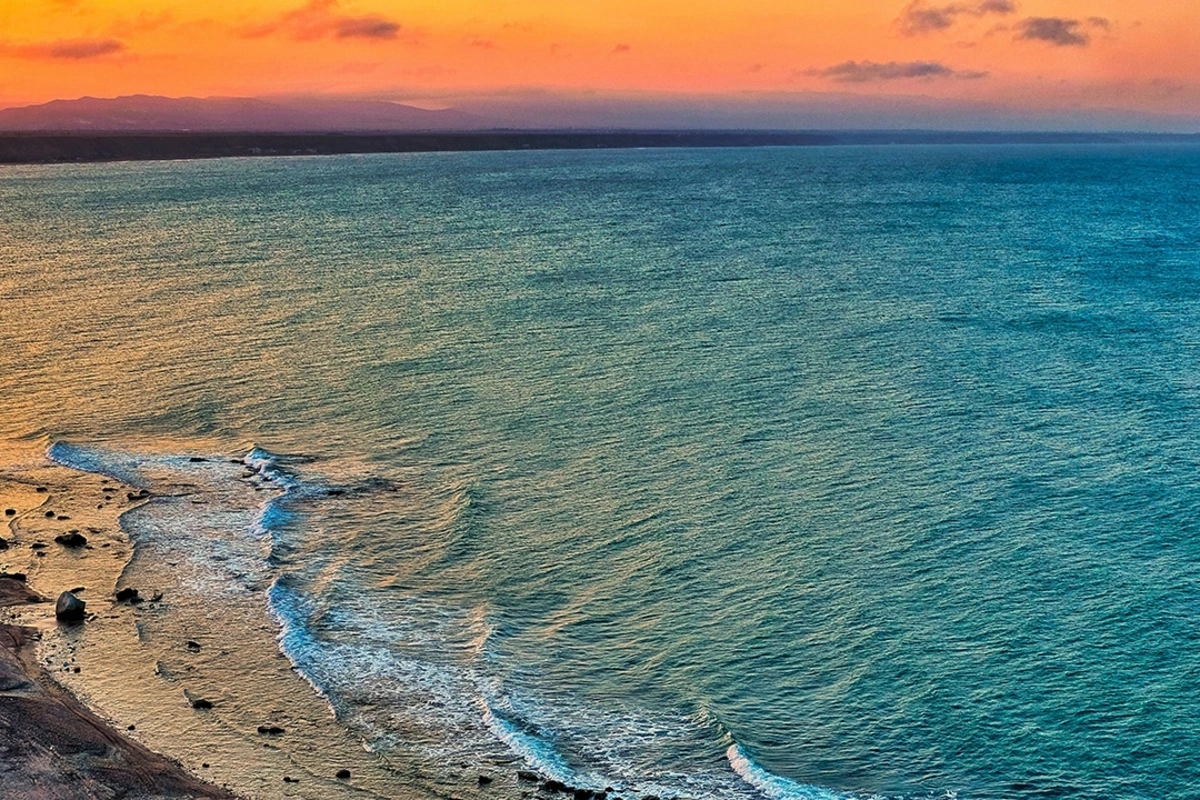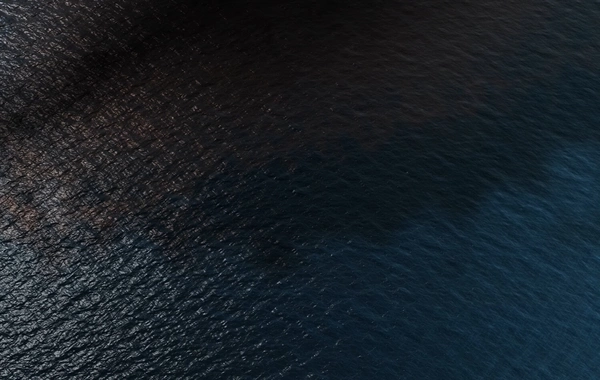Old maps of the Caspian Sea shocked scientists

Before the advent of modern means of transportation, people had very limited and sometimes erroneous ideas about the geography of the world. For instance, the Caspian Sea remained a mystery for scientists from Western Europe, the Middle East, and India for a long time. On ancient and medieval maps, it was often depicted as a bay connected to the ocean.
Candidate of Historical Sciences Tamila Khalilova in her article "Concepts of the Riphaean Mountains in Ancient Greek and Indo-Persian Literature" (journal "Bulletin of the International Academy of Sciences", No. 1, 2020) noted that ancient Greeks called the Caspian the Hyrcanian Sea and considered it part of the world ocean. On their maps, it stretched from west to east, with the mysterious Riphaean Mountains located nearby.
The idea of the Caspian being connected to the ocean is found in works by authors such as Strabo, Apollonius of Rhodes, Dionysius Periegetes, and Pliny the Elder. One of the first to support this theory was Patrocles the Macedonian - an explorer who visited the Caspian in the 3rd century BCE. His observations, although erroneous, influenced the views of many scholars in subsequent centuries.
Ionian mythology also played a role: according to their beliefs, all the inhabited earth (Oecumene) was surrounded by the ocean, and this influenced ancient cartography. The Caspian Sea was invariably depicted as part of this unified water system.
Some misconceptions persisted until the 16th century. The Egyptian scholar Ibn Iyas, for example, still considered the Caspian a bay of the ocean. Erroneous ideas were also fueled by fluctuations in water levels, as well as by fauna typical of seas - such as seals and mollusks, which were found both in the Caspian and in the ocean.
Soviet scientist D. B. Karelin in his book "Seas of Our Homeland" (1954) wrote that in the distant past, the Caspian, Aral, Azov, and Black Seas could have been parts of a single body of water. This hypothesis was also supported by writer A.M. Kondratov, who believed that the Volga was once connected to the Baltic.
There is also evidence that the Amu Darya River in ancient times flowed into the Caspian. This is confirmed by the works of both ancient authors and medieval ones, in particular Abulgazi Khan. As a result, contradictory information from travelers formed a distorted view of the Caspian Sea, which persisted on geographical maps until modern times.
Similar News
Scientists found an unexpected oil substitute
Japanese scientists have developed a strain of baker's yeast capable of surviving hundreds of times better in aggressive environments and efficiently producing...




 Azərbaycanca
Azərbaycanca  По-русски
По-русски  English
English 





